With its sheltered waters and spectacular rocky drop-off, Charca de Taliarte is a pleasant snorkeling spot on Gran Canaria’s east coast. Rays, parrotfish and schools of salema are often spotted here. Exploring the crevices in the volcanic rock, you can also encounter crabs, moray eels, and different types of invertebrates.
This spot has been added by
JMO
2 spots added - 23 photos shared
Last updated on

How to get to Charca de Taliarte snorkeling spot?
Taliarte is on the east coast of Gran Canaria, near Telde. The snorkeling spot, called Charca de Taliarte, is just behind the southern breakwater of the port.
We recommend parking between the promenade and the harbor entrance. You’ll then be less than 100 meters from the water entry.

Water entrance for snorkeling Charca de Taliarte
Stairs lead down to the rocks. You can then enter the water from the rocks, through a shallow passage.
Charca de Taliarte snorkeling exploration tips
This small cove with its clear waters is very popular with locals for swimming. Situated at the entrance to the port and sheltered from the north swell, it generally offers perfectly calm seas.

As soon as you enter the water, a rocky platform immediately appears with a maximum depth of 8 feet/2.5 meters. Swimming to the left, a steep drop-off, up to 40 feet/12 meters high, gives way to a sandy bed.
The whole area is full of fish, with schools of seabream, salema and ornate wrasse, as well as the very colorful Parrotfish.

If you take a closer look at the rocky seabed, especially the numerous crevices, you’ll get a chance to spot Spotted sea hares (Aplysia dactylomela), American anemones (Telmatactis cricoides), crabs and cleaner shrimps (Lysmata grabhami).
On the sandy bottom at the foot of the drop-off, you might be lucky enough to spot a stingray, which loves this sheltered area.

Restaurants and accommodations nearby
This spot is close to the Port of Taliarte and to Melenara Beach, where you’ll find some restaurants.

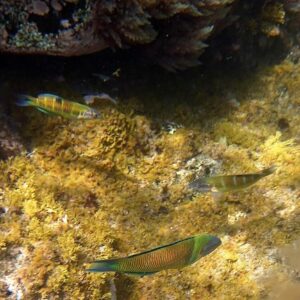
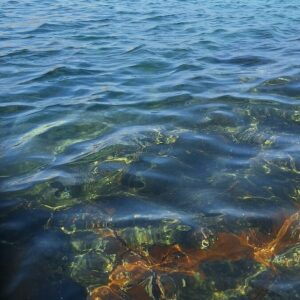
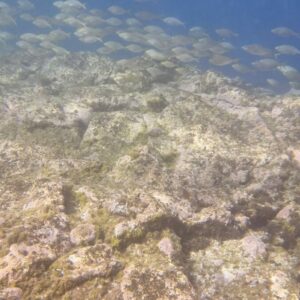
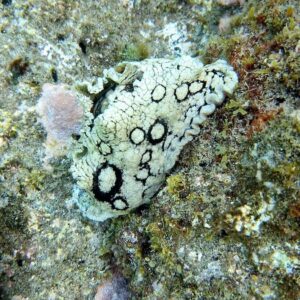
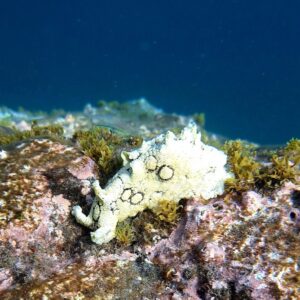

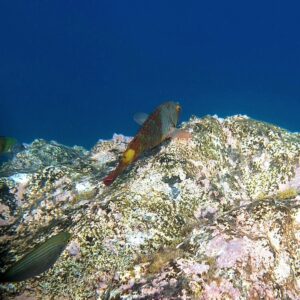
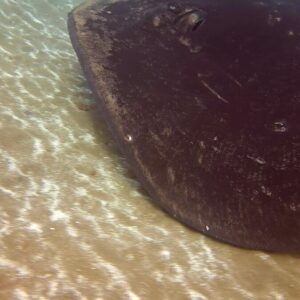
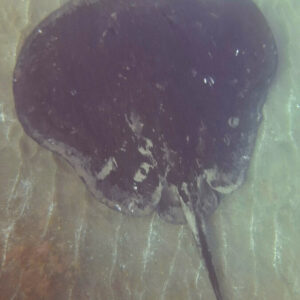
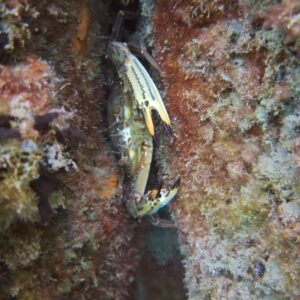
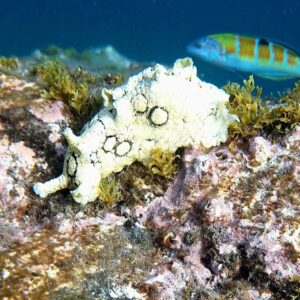
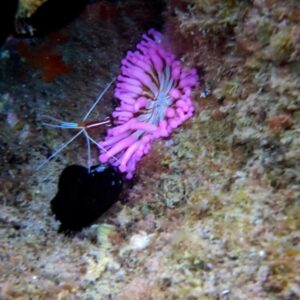
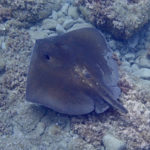
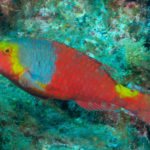
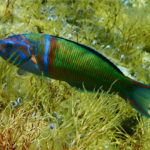
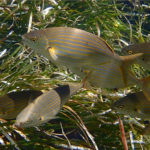
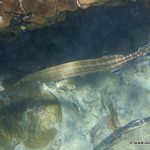

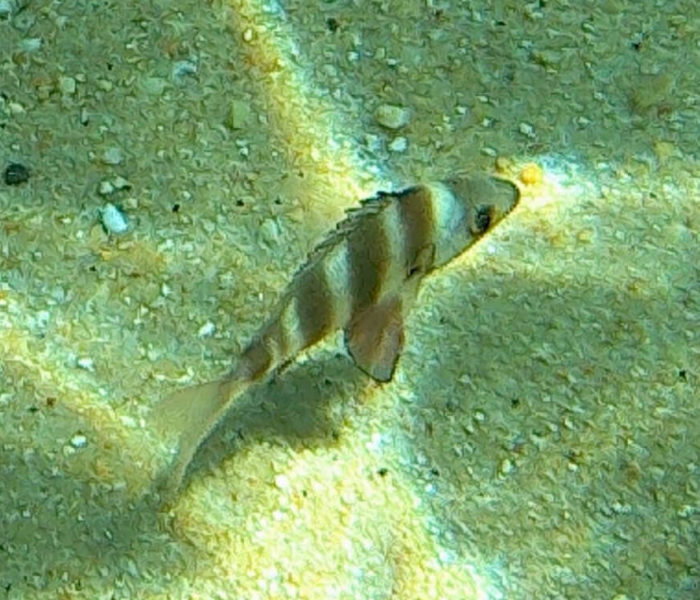
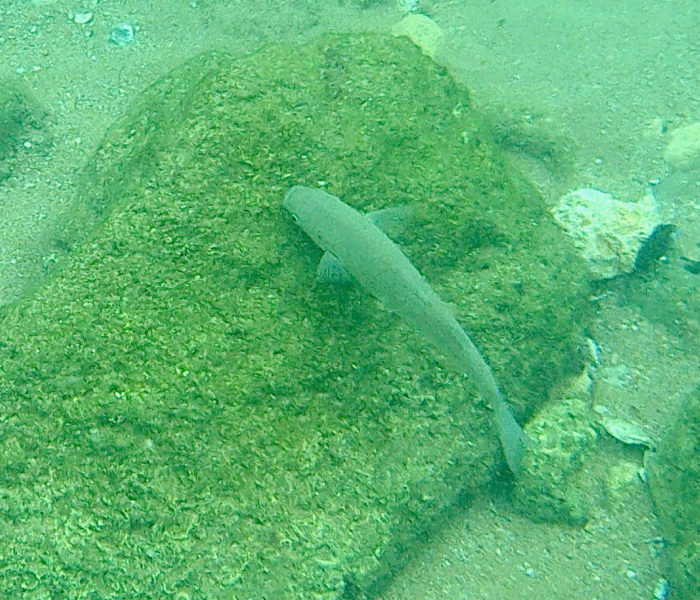
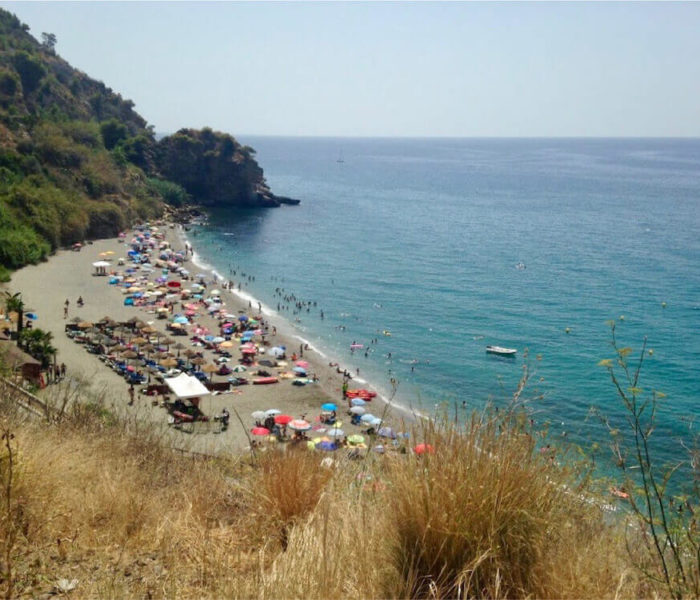
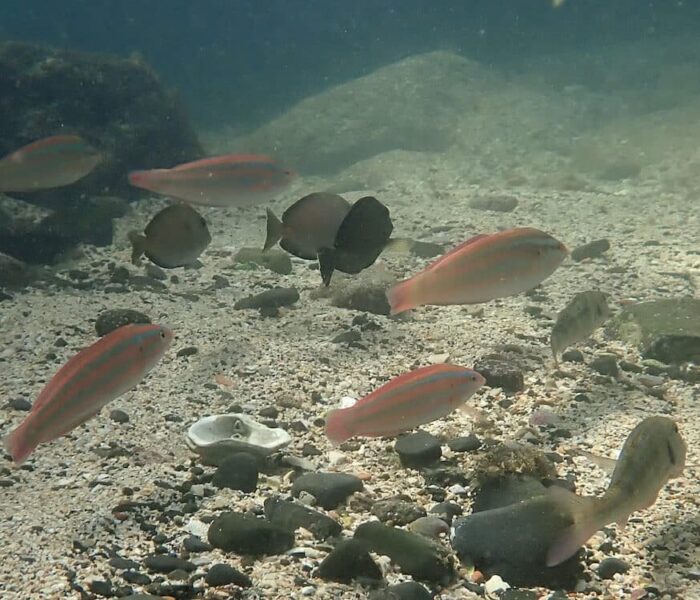
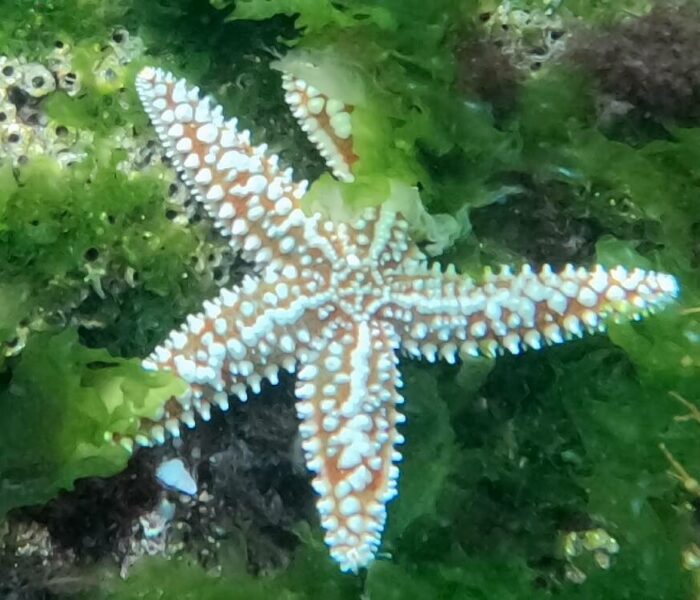
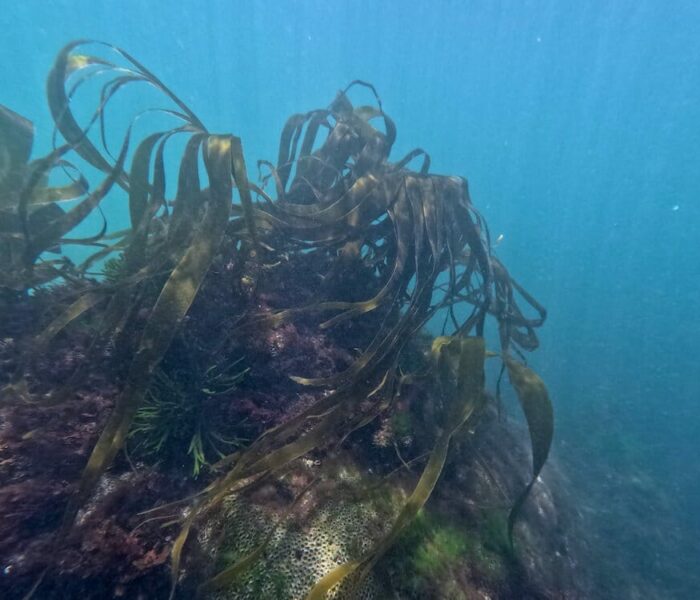
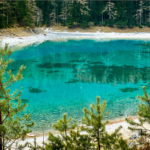
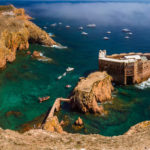
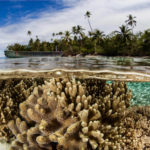
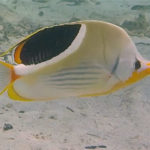
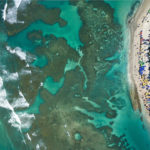
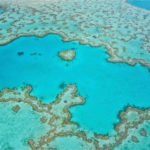
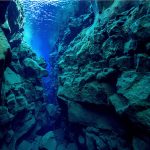

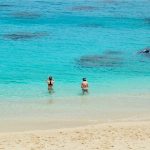
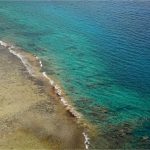
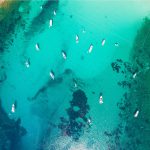
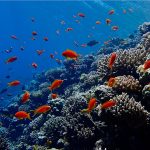
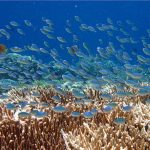

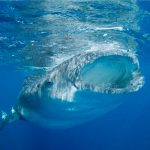
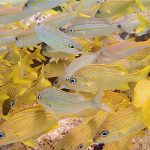
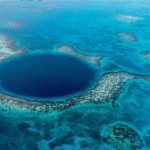
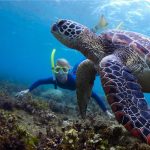

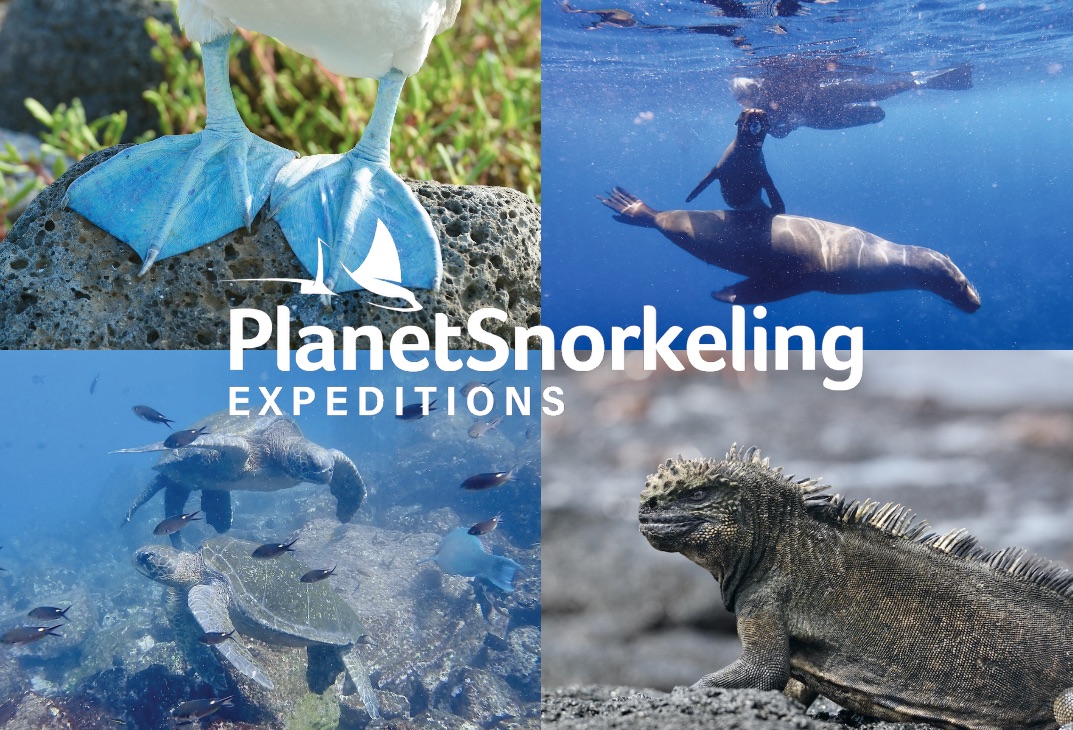
Comments